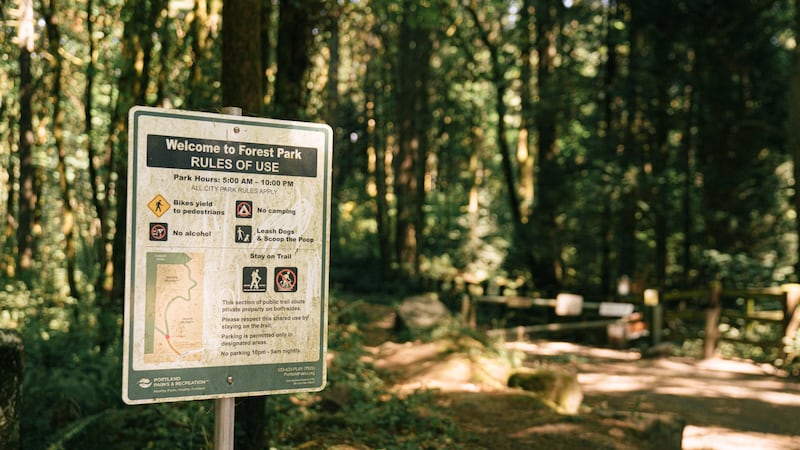On Wednesday, the Portland City Council unanimously approved new protocols for removing campers from urban forests like Forest Park and Powell Butte.
That, according to Commissioner Jo Ann Hardesty, who oversees the fire bureau, is because of a recent slew of fires starting in homeless camps and increasing wildfire risk in forested areas due to higher temperatures and drier summers.
Hardesty said before the vote that the decision to approve camp removals was a difficult one. But in a statement to WW, she said the choice was made necessary by a warming climate.
“Climate catastrophe is here and to mitigate the dangers associated with this change, we need to be proactive and not reactive to keep all our community members safe,” she said. “That’s why I led the charge to ban the use and sale of fireworks and I’m thrilled that Multnomah County has extended that ban until October. That’s why we are implanting a new fire safety protocol to keep our unhoused and housed populations safe in areas that have been determined to be high risk from our Fire Marshall, such as Forest Park.”
Hardesty adds: “This will be an effort that leads with education and outreach, so that all park users and communities are aware of the dangers of fire accelerants and so those camping in areas with an excessive fire risk can re-locate to a safer area.”
Under the new rules, the city will take a more proactive approach to sweeping camps from parklands that have been flagged by the fire bureau as high-risk wildfire areas.
Community partners will help campers voluntarily relocate through outreach efforts first. If campers don’t comply, the city’s Homelessness and Urban Camping Impact Reduction Team will come in and enforce the relocation.
“The increasing pace of climate change creates large risks for the city’s forested areas,” the fire bureau’s protocol read. “Unauthorized camping in our designated wildfire hazard zones poses an acceptably high threat of potentially catastrophic wildfire incidents. A wildfire in these forested areas would not only place the lives of the houseless community at risk, but also the lives of residents who recreate in the forest and live in the developed areas that surround them.”
The wildfire hazard zones mapped by the fire bureau are overwhelmingly on the west side of the Willamette River, since a majority of the city’s vegetation is on the westside.
The hazard zones on the west side include all of Forest Park, Tryon Creek State Natural Area, Linnton Park and Marquam Nature Park.
Last week, city officials expressed just how concerned they were about a potential fire starting in Forest Park. They warned that if one started, it could potentially be disastrous for the homes surrounding the park if it wasn’t contained swiftly. The three factors that are increasing the likelihood of such an event are an increasing homeless population in the park, unmanaged underbrush and vegetation, and longer and hotter summers.
Powell Butte Natural Area in Southeast Portland is the largest hazard zone east of the river.
